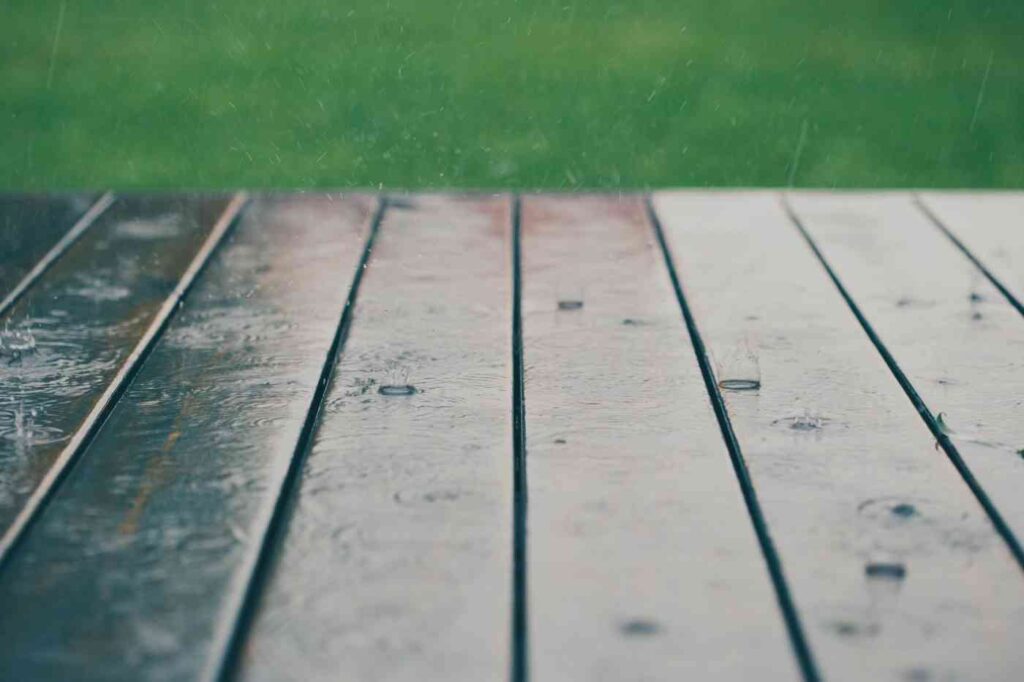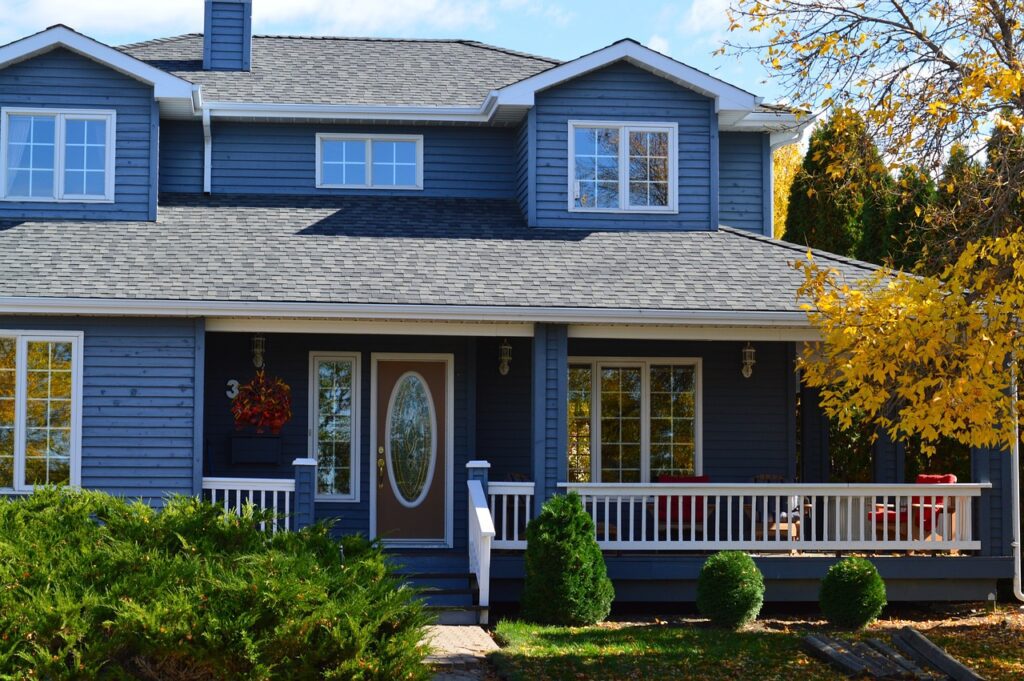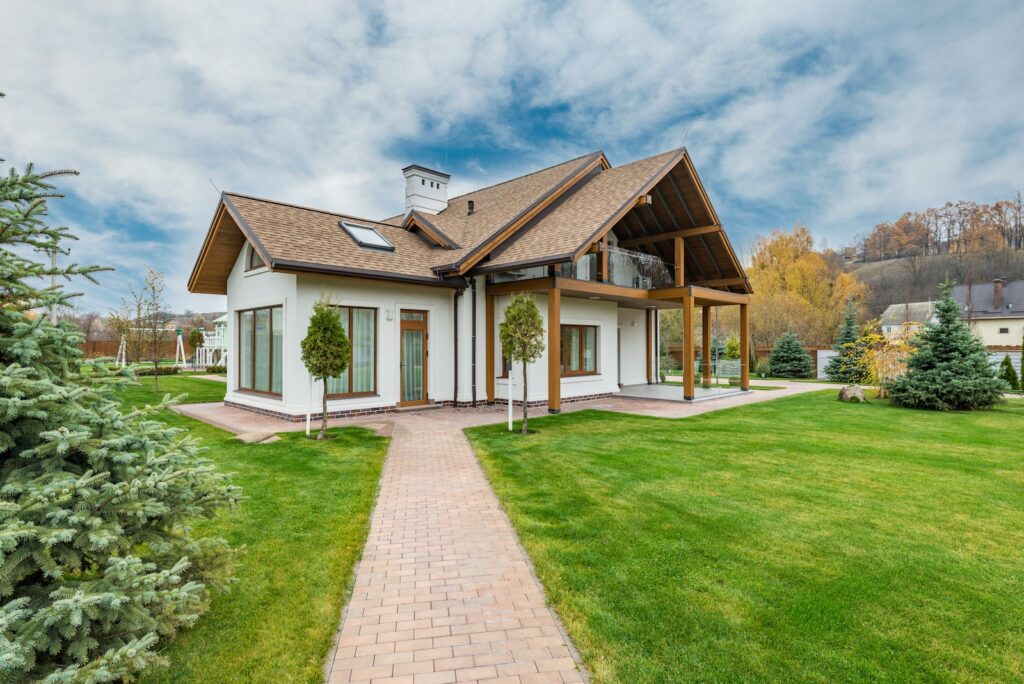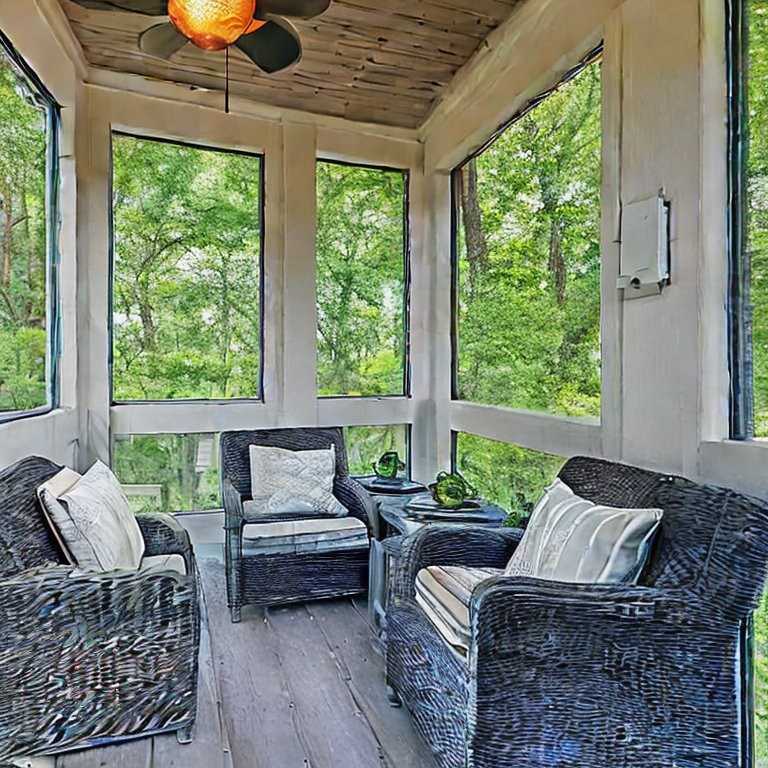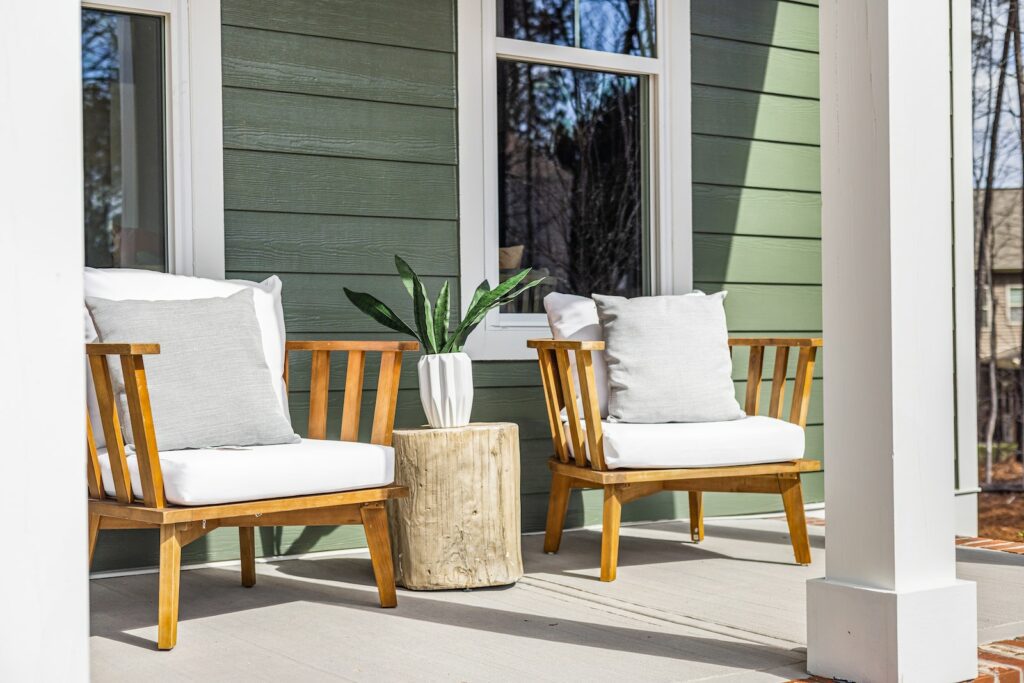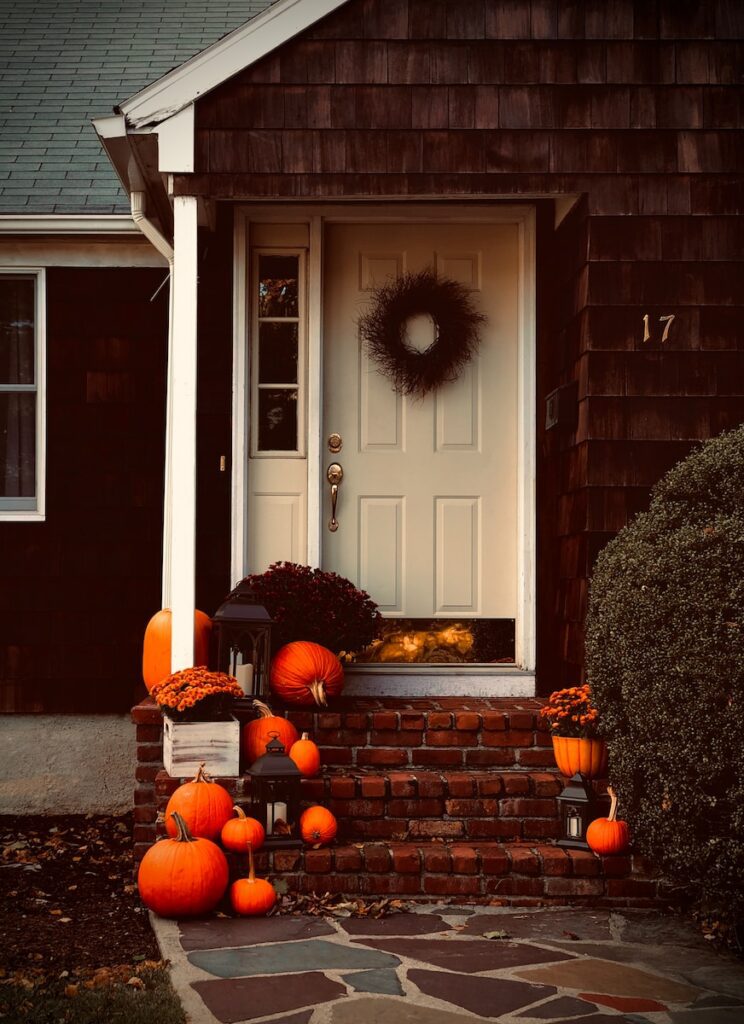A porch is a quintessential part of many homes, offering a welcoming space to relax, entertain, and enjoy the outdoors. However, like any other part of your home, porches are susceptible to wear and tear over time. Weather conditions, frequent use, and the natural aging process can all contribute to a range of problems that can diminish the functionality and appearance of your porch. The good news is that many common porch issues can be addressed quickly and effectively with the right tools and knowledge.
In this blog post, we’ll explore some of the most common porch problems and provide practical solutions to fix them. Whether you’re dealing with sagging floors, peeling paint, or wobbly railings, these tips will help you restore your porch to its former glory.
1. Sagging or Uneven Porch Floors
Contents
One of the most common issues homeowners face with porches is sagging or uneven floors. Over time, the weight of the structure, combined with natural settling and soil movement, can cause the porch floor to sag or become uneven. This not only affects the appearance of your porch but can also pose a safety hazard.
Causes:
- Soil Erosion: Erosion or shifting soil beneath the porch can cause the supports to sink, leading to a sagging floor.
- Rotting or Damaged Joists: Wooden joists that support the floor may rot or weaken due to moisture, pests, or age, resulting in an uneven surface.
- Improper Construction: If the porch was not constructed properly, with inadequate support or poorly spaced joists, sagging can occur over time.
Quick Fixes:
- Reinforce the Joists: If the issue is due to damaged or weakened joists, you can reinforce them with additional supports or replace the damaged joists entirely. Use pressure-treated wood for replacements to prevent future issues.
- Install Additional Supports: For sagging caused by soil erosion or inadequate support, consider installing additional footings or piers beneath the porch to provide extra stability.
- Leveling Compound: For minor unevenness, you can apply a self-leveling compound to the floor surface. This can help smooth out small dips and create a more even surface.
2. Peeling or Chipping Paint
Peeling or chipping paint is a common issue on porches, especially those exposed to the elements. Sun, rain, and fluctuating temperatures can cause paint to deteriorate over time, leaving your porch looking worn and neglected.
Causes:
- Exposure to Moisture: Rain, snow, and humidity can cause paint to peel, especially if the surface wasn’t properly sealed or primed before painting.
- UV Damage: Prolonged exposure to the sun’s UV rays can cause paint to fade, crack, and peel.
- Poor Surface Preparation: If the surface wasn’t properly cleaned, sanded, or primed before painting, the paint may not adhere well and could peel prematurely.
Quick Fixes:
- Scrape and Sand: Start by scraping off any loose or peeling paint with a putty knife or paint scraper. Sand the area with fine-grit sandpaper to smooth the surface and remove any remaining paint.
- Prime and Repaint: Apply a high-quality primer designed for outdoor use, especially if the surface is exposed to moisture. Once the primer is dry, apply two coats of exterior paint, allowing each coat to dry thoroughly before applying the next.
- Seal with a Topcoat: To protect the new paint from future damage, consider applying a clear topcoat or sealant. This will help shield the paint from moisture and UV rays, extending its lifespan.
3. Wobbly or Loose Railings
Wobbly or loose railings are not only an eyesore but also a safety concern. Over time, the fasteners that secure the railings to the porch can become loose, or the wood may weaken, causing the railings to lose their stability.
Causes:
- Loose Fasteners: Screws, nails, or bolts that secure the railings may loosen over time due to regular use, vibration, or wood expansion and contraction.
- Rotting Wood: Wood railings that are exposed to moisture may rot, leading to weakened connections and instability.
- Improper Installation: If the railings were not installed correctly or securely, they may become loose or wobbly over time.
Quick Fixes:
- Tighten Fasteners: Start by tightening any loose screws, nails, or bolts that secure the railings to the porch. Use a screwdriver, wrench, or drill to ensure they are firmly in place.
- Replace Damaged Sections: If the wood is rotting or damaged, replace the affected sections with new, pressure-treated wood. Be sure to seal the new wood to protect it from moisture.
- Add Brackets or Supports: For added stability, consider installing metal brackets or additional supports where the railing connects to the porch. This can help reinforce the connection and prevent future wobbling.
4. Mold and Mildew Growth
Mold and mildew are common problems on porches, particularly in areas with high humidity or poor ventilation. These fungi not only create unsightly stains but can also cause health issues and damage the wood.
Causes:
- Moisture Build-up: Mold and mildew thrive in damp environments, so areas of the porch that retain moisture are prime spots for growth.
- Poor Ventilation: Lack of airflow around the porch can lead to moisture build-up, creating a conducive environment for mold and mildew.
- Organic Debris: Leaves, dirt, and other organic materials that accumulate on the porch can hold moisture and provide a food source for mold and mildew.
Quick Fixes:
- Clean with a Mold Remover: Use a mold and mildew remover specifically designed for outdoor use to clean the affected areas. You can also create a DIY solution using one part bleach to three parts water. Apply the solution with a scrub brush, then rinse thoroughly with water.
- Improve Ventilation: Ensure that your porch has adequate ventilation to prevent moisture build-up. Consider installing vents, fans, or latticework to promote airflow.
- Seal the Wood: After cleaning, seal the wood with a waterproof sealant to prevent moisture from penetrating the surface. This will help inhibit mold and mildew growth in the future.
5. Cracked or Broken Floorboards
Cracked or broken floorboards are a common issue on wooden porches, particularly those that have been exposed to the elements for many years. These damaged boards not only detract from the porch’s appearance but can also be a tripping hazard.
Causes:
- Weather Exposure: Sun, rain, and temperature fluctuations can cause wood to expand and contract, leading to cracks and breaks over time.
- Heavy Foot Traffic: Constant foot traffic, especially in the same areas, can wear down the wood and cause it to crack.
- Aging Wood: As wood ages, it naturally becomes more brittle and prone to cracking.
Quick Fixes:
- Replace the Damaged Boards: The best solution for cracked or broken floorboards is to replace them. Use a pry bar to carefully remove the damaged boards, then measure and cut new boards to fit. Secure the new boards in place with deck screws or nails, ensuring they are level with the surrounding boards.
- Fill Small Cracks: For smaller cracks that don’t warrant board replacement, use a wood filler or epoxy filler to fill the gaps. Once the filler is dry, sand it smooth and stain or paint the area to match the rest of the porch.
6. Sticking or Squeaking Doors
Porch doors that stick or squeak when opened and closed can be a nuisance, but the fix is often simple and quick.
Causes:
- Humidity and Swelling: Wood doors can swell in response to humidity, causing them to stick.
- Loose Hinges: Hinges that have become loose over time can cause the door to sag, leading to sticking or squeaking.
- Warping: If the door or frame has warped, it can cause alignment issues, making the door difficult to open and close.
Quick Fixes:
- Tighten Hinges: Start by tightening the screws on the door hinges. This may help realign the door and prevent sticking or squeaking.
- Lubricate Hinges: Apply a lubricant, such as WD-40, to the hinges to reduce squeaking. Open and close the door several times to work the lubricant into the hinges.
- Sand the Edges: If the door is sticking due to swelling, use sandpaper to carefully sand down the edges of the door where it makes contact with the frame. Be sure to sand evenly and test the door’s fit as you go.
- Check the Frame: If the frame is warped, you may need to adjust or replace it to ensure a proper fit. This may involve planing the door or installing weatherstripping to improve the seal.
7. Keep Your Porch in Top Condition
Maintaining and repairing your porch is essential to preserving its beauty, safety, and functionality. By addressing common problems quickly, you can prevent minor issues from becoming major repairs, saving you time and money in the long run.
Whether you’re dealing with sagging floors, peeling paint, or loose railings, the solutions provided in this guide can help you restore your porch to its former glory. With regular maintenance and a proactive approach to repairs, your porch will remain a welcoming and enjoyable space for years to come.
